
Viking Names
Scropton
Scropton, in the Appletree Hundred of Derbyshire, comes from the Old Norse male personal name Skropi and the Old English tun ‘farm, settlement’. It is thus a hybrid name. It is a joint parish with Foston.
Read More
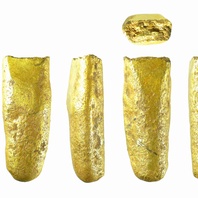
Viking Objects
Gold Ingot (BH-720251)
The Vikings arriving in England had a bullion economy in which they paid for goods, most commonly, with silver that was weighed to an amount agreed between the buyer and the seller. Though rarer than silver equivalents, this gold ingot formed part of the bullion currency used by Vikings in England. It took some time for the Scandinavian settlers to adopt a monetary economy like that of the Anglo-Saxons, and both systems were used simultaneously for a while before they fully adopted the new system. The Vikings were familiar with monetary economies but they treated coins as just another form of bullion before adoption of a monetary economy.
Read More
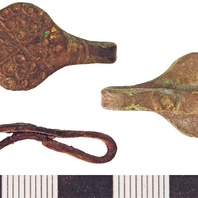
Viking Objects
Imitation Finger Ring (NLM-D675CA)
This finger ring bears stamped decoration imitating the Scandinavian ring and dot pattern which is bordered by incised crossing diagonals of a saltire. The ring- and dot-style of decoration was briefly adopted by inhabitants of Anglo-Saxon settlements such as Cottam in Yorkshire and Flixborough in Lincolnshire.
Read More
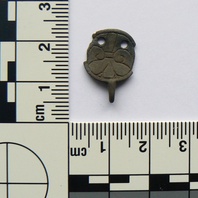
Viking Objects
Hooked Tag (PUBLIC-6847A6)
This hooked tag is constructed from a circular plate and single hook. The decoration features a trefoil with fillet design on the front probably influenced by the Ringerike style.
Read More
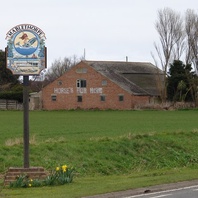
Viking Names
Mablethorpe
Marblethorpe, in the Calceworth Wapentake of Lincolnshire, comes from a likely Continental Germanic male personal name Malbert and Old Norse þorp ‘a secondary settlement, a dependent outlying farmstead or hamlet’.
Read More
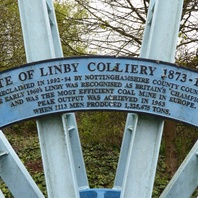
Viking Names
Linby
Linby, in the Broxtow Wapentake of Nottinghamshire, comes from Old Norse lind ‘a lime tree’ and by ‘a farmstead, a village’.
Read More
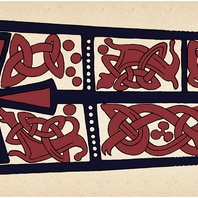
Viking Names
Gunngifu
Gunngifu is a postulated Anglo-Scandinavian hybrid female personal name formed from the very common Old Norse element Gunn- from gunnr, guðr ‘battle’ combined with the Old English element gifu ‘gift’. There is a possible attestation of the name in a medieval document from Lincolnshire.
Read More

Viking Names
Scartho
Scartho, in the Bradley Wapentake of Lincolnshire, is a difficult name. The second element is clearly Old Norse haugr ‘a hill, a mound’. The first element, however, has been the subject of much discussion. It has been suggested that the first element is the Old Norse male personal name Skarði or the Old Norse element skarð ‘an opening, an open place in the edge of something, a gap, a mountain pass’. Since the area is now built up, it is nearly impossible to determine the exact topography of the place. It may be pointed out that there are patches of glacial sand and gravel and alluvium at the top of the hill. It has also been suggested based on forms of the name in Scarf- that the first element is Old Norse skarfr ‘a cormorant’, but these spellings occur in only one source. On balance, skarð provide an acceptable first element, but twentieth-century development makes certainty impossible.
Read More
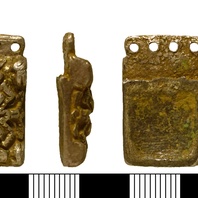
Viking Objects
Carolingian Style Strap-End (NARC-10F5B2)
This silver strap-end is decorated with foliate design cast in relief and is categorized as Thomas (2003) Class E, Type 5 (Carolingian). Carolingian belt fittings from England could have been imported either indirectly through Scandinavia or directly from the Continent. It is possible that this strap end was brought over by Scandinavians after their raids on the continent.
Read More
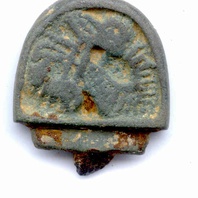
Viking Objects
Possible Knife End-Cap (NARC-D16C22)
A cast copper alloy object with Anglo-Scandinavian zoomorphic decoration resembling an end-cap from a knife or dagger handle. It has been suggested that the decoration is, in fact, Viking Jelling-style decoration from the tenth century.
